There are three different species of Sea Eagle, and several different species of Fish Eagle. For our purposes, in this article we will focus on the largest species, the Steller’s Sea Eagle.
These birds live in the Northeast coast of Asia. They are one of the heaviest eagles in the world, and most individuals weigh about 17 lbs. on average. Read on to learn about the Sea Eagle.
Description of the Sea Eagle
The Steller’s Sea Eagle is an immensely large bird. The smallest individuals weigh around 13 lbs. and the largest weigh nearly 21 lbs. Like most birds of prey, males are smaller than females. Their wingspan ranges from 6 ft. to 8 ft. across.
Their wings also have a patch of white from the shoulder to the elbow, and their tail and leg feathers are also white. The rest of their plumage, or feathers, is dark brown, and their large beak is bright orange.
Interesting Facts About the Sea Eagle
These eagles are incredibly interesting birds. In fact, some researchers believe they are the heaviest eagles in the world! Learn more below.
- Sizing Each Other Up – Steller’s Sea Eagles, Harpy eagles, and Philippine Eagles are the three heaviest eagle species in the world. Some researchers debate which species is the heaviest. The average Sea Eagle weighs more than the average Philippine or Harpy eagle.
- Georg Wilhelm Steller – These eagles aren’t the only species that goes by the name “Steller.” Steller’s sea lions, Steller’s jays, Steller’s eiders, and the extinct Steller’s sea cows all share the Steller name. All of these animals’ names come from zoologist Georg Wilhelm Steller, who discovered and described many of the aforementioned species.
- Closest Relatives – Steller’s eagles are closely related to several other sea and fish eagle species. These birds all share a similar prey preference of fish. Some of its closest relatives include bald eagles, white-tailed eagles, and more.
- Favorite Food – Like all sea and fish eagles, these birds prefer hunting for fish. However, these birds are far from picky. They also hunt for sea gulls, ducks, geese, swans, herons, cranes, murres, ptarmigans, and more. These eagles also eat mammals as well as mammal carrion like deer.
Habitat of the Sea Eagle
These birds hunt and reproduce primarily along oceanic coasts. They also live along rivers, estuaries, deltas, and river mouths. Eagles in different regions nest in different areas.
Some Sea Eagles nest in immense trees, while others nest on cliffs or rocky ledges. Nearly all of their diet comes from the sea, and the vast majority is fish. Because of this, these birds rarely stray far from oceans or rivers.
Distribution of the Sea Eagle
Steller’s eagles are migratory birds, and they live in a variety of different coastal regions throughout the year. These birds live and breed along the northeast coast of Russia.
They live in some areas year-round, other areas only during the spring, and southern areas during the winter. Their range also extends into China, North Korea, South Korea, and Japan, during the winter months.
Diet of the Sea Eagle
These eagles hunt a variety of different fish, but their primary target species is salmon. They also hunt trout, wolffish, stickleback, cod, pollock, and more.
Though fish make up the vast majority of their diet, these birds also hunt for waterfowl and mammals. Some of the different prey species include cormorants, snowy owls, grouse, crows, ravens, rabbits, hares, voles, and even young seals and sea lions.
Sea Eagle and Human Interaction
Outside of commercial fishermen and oil rigs, humans rarely interact directly with these immense birds. Sadly, indirect human interaction is quite harmful to this species.
There are many different factors in the decline of this species, including pollution, climate change, lead poisoning, overfishing, and more. These combined impacts cause population decline, which is why the IUCN lists this species as Vulnerable.
Domestication
Humans have not domesticated any Sea Eagle in any way.
Does the Sea Eagle Make a Good Pet
No, these birds of prey do not make good pets. This species is incredibly large, and thus needs an immense amount of space to spread its wings. They eat a lot of fish, and it would be difficult for the average person to properly care for this bird. It is also illegal in most places to own one as a pet.
Sea Eagle Care
These birds live in a number of different zoos across the world. Like most eagles, Steller’s eagles live in large enclosures with plenty of space to fly and exercise. Zookeepers feed them a variety of fish, as well as rabbits, rats, and more.
These eagles are impressively large, and make for incredible ambassadors for their species. Most zookeepers train their eagles to stand on a glove, so that they can use them in educational talks and presentations to teach the public of the importance of conservation.
Behavior of the Sea Eagle
Like most eagles, Steller’s Sea Eagles are diurnal and active during the day. They are solitary predators, and do not frequently interact or socialize with others of their kind.
Like other eagles, these birds congregate around bountiful foods, like salmon runs. In these scenarios, the birds fight for dominance. The only time they interact with one another in a non-confrontational fashion is during the breeding season.
Reproduction of the Sea Eagle
Steller’s Sea Eagles breed with the same partner year after year. During the breeding season they establish territories around their nests, usually revolving around the most plentiful food supply. Pairs cannot breed until they are about six years old.
Most clutches contain about two eggs, and incubation lasts about six weeks. The chicks begin learning to fly when they are around two months old, but do not become independent for another month or two.


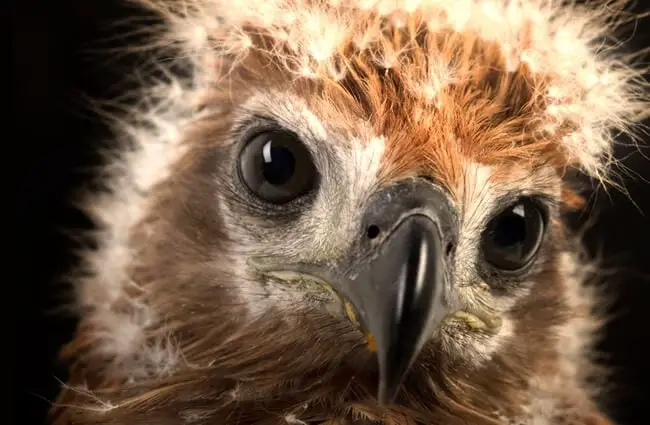

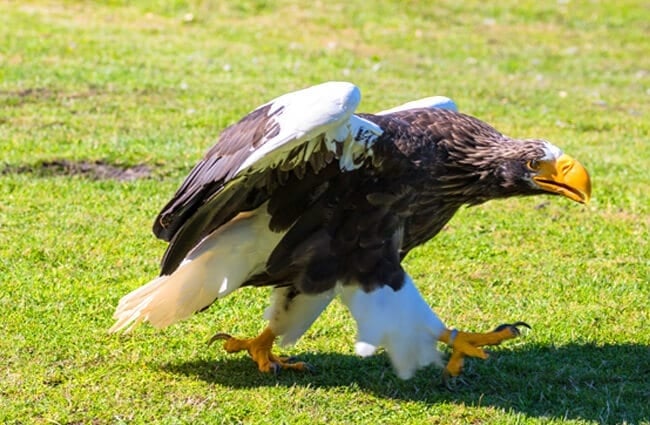

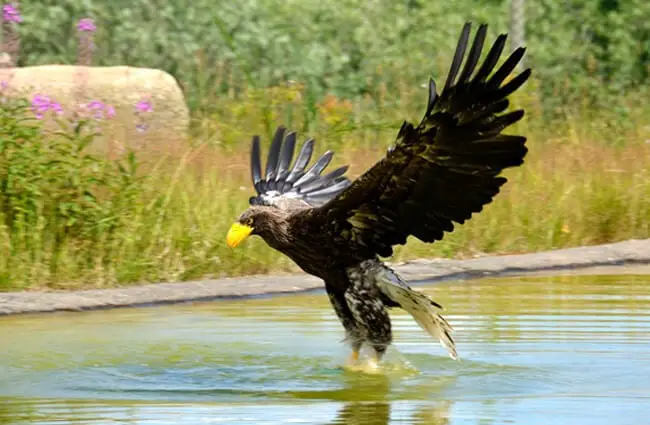

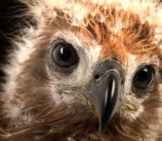
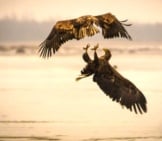

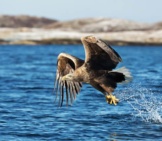

![Red Angus Closeup of a beautiful Red Angus cowPhoto by: U.S. Department of Agriculture [pubic domain]https://creativecommons.org/licenses/by/2.0/](https://animals.net/wp-content/uploads/2020/03/Red-Angus-4-238x178.jpg)












![Red Angus Closeup of a beautiful Red Angus cowPhoto by: U.S. Department of Agriculture [pubic domain]https://creativecommons.org/licenses/by/2.0/](https://animals.net/wp-content/uploads/2020/03/Red-Angus-4-100x75.jpg)

